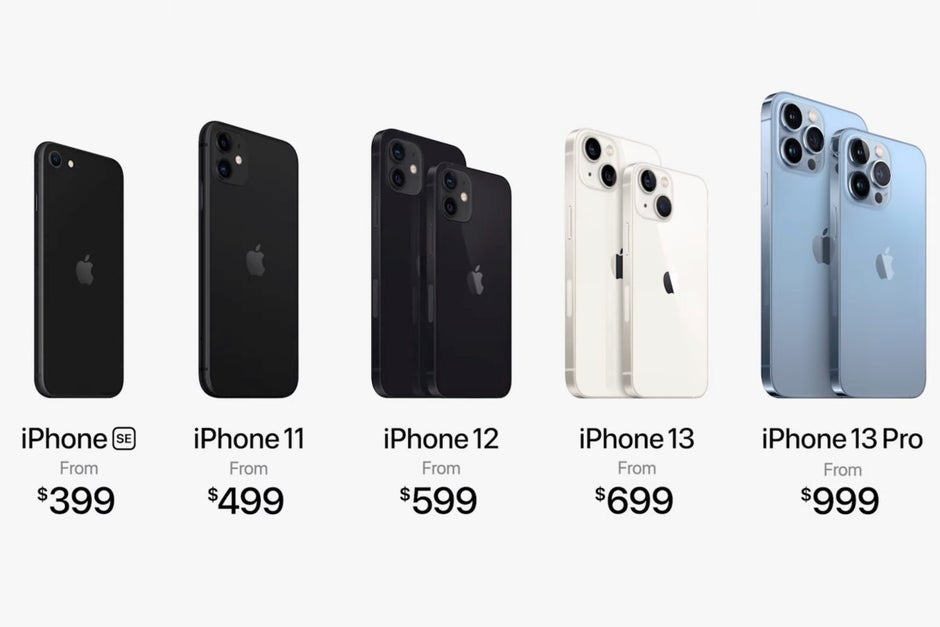We may earn a commission if you make a purchase from the links on this page.

After discontinuing 2018’s iPhone XS and XS Max in 2019, Apple made the somewhat surprising decision of keeping 2019’s iPhone 11 and 2018’s iPhone XR around last year alongside its first-ever 5G-capable handsets.
Now that the highly anticipated iPhone 13 quartet is out and ready for a commercial debut by the end of this month, cash-strapped Cupertino fans might be wondering what other options they have this time around.
You may also like:
Unsurprisingly, the ultra-affordable iPhone XR is gone at last, allowing the vastly improved iPhone 11 to move into the $499 spot after launching at $699 and up a couple of years ago and dropping to a starting price of $599 in the fall of 2020.

Before pulling the trigger, of course, you may also want to consider Apple’s other candidate for the title of best phone you can buy under $500 this holiday season. We’re talking about the second-gen iPhone SE, released around a year and a half ago at $399 with the same powerful A13 Bionic processor on deck as the iPhone 11.
Because of that, you shouldn’t be shocked to hear this ancient-looking 4.7-inch device with huge screen bezels in tow will continue to cost four Benjamins in an entry-level 64GB storage variant.
Moving up the food chain, we find the 5G-enabled iPhone 12 and 12 mini setting you back $699 and $599 respectively, down from $799 and $699 last year. It remains to be seen if Apple can turn the latter model from a box-office flop of colossal proportions into at least a moderate hit of sorts with this permanent discount, although we highly doubt that will ultimately prove the case.
Finally, the iPhone 12 Pro and 12 Pro Max are officially joining the iPhone XR to the (metaphorical) mobile cemetery, which makes perfect sense given the extent of Apple’s late 2021 product lineup already and the unchanged prices of the iPhone 13 family.

